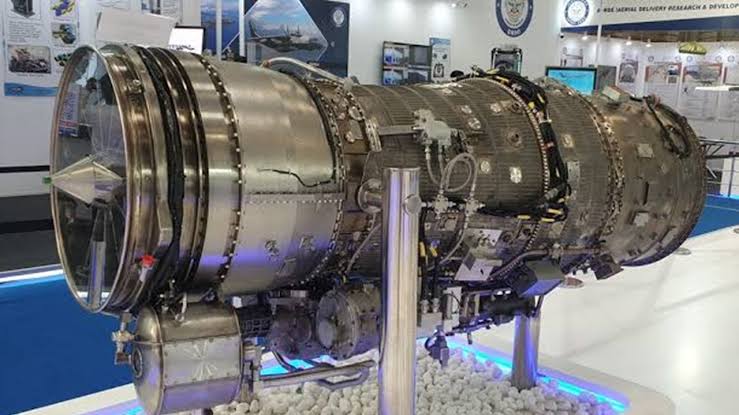Kaveri Engine Development a must

Indian Air Force needs to be provided 45 fighters squadrons as of yesterday and 54 Squadron as of today to be ready for a two front war. To face the PLA and PAF without looking over its back, in fact it needs to be provided with 63 fighter squadrons.
HAL is currently facing significant challenges with the Light Combat Aircraft (LCA) TEJAS MK-1A program, due to delays in the delivery of the GE F404 engines from General Electric.
These delays clearly indicates that this time India cannot give up like it did during development of HF 24 Marut.
India must fast track the development of the indigenous Kaveri engine, to provide a for upcoming TEJAS MK2 to morph into TEJAS Mk3 in a seamless manner.
The TEJAS MK-1A project, which currently has to meet an order for 83 aircraft worth approximately ₹43, 000 crore, has encountered multiple delays.
Originally expected to deliver the first aircraft by February 2024, Hindustan Aeronautics Limited (HAL) has now pushed this timeline back to March 2025 due to ongoing supply chain issues and delays in receiving the F404 engines from GE.
As of now, HAL has not received any F404 engines, which are critical for the production and delivery of the aircraft.
HAL has presently implemented a contingency plan utilizing Category B engines for initial fighters. These engines are sufficient for training flights but will be replaced with the F404 engines once they become available.
This strategy aims to maintain production momentum and ensure that the aircraft remains operationally ready.
The Kaveri engine program, developed by the Gas Turbine Research Establishment (GTRE) under the Defence Research and Development Organisation (DRDO), has faced numerous challenges since its inception in the 1980s.
Despite setbacks, recent advancements have renewed optimism about its potential. The Kaveri engine is expected to demonstrate thrust levels between 81-83 kN during upcoming tests on a Tejas Trainer aircraft within the next three years.
One of the Kaveri engine’s key advantages is its design resilience; it maintains performance across varying climatic conditions, unlike the F404, which can experience power loss in humid environments.
If successful in meeting performance standards, the Kaveri engine could significantly enhance India’s self-reliance in defence technology and subsequently remove dependence on foreign engines.
Thus there is need for accelerated funding and support for the Kaveri engine program to ensure it can be integrated into future batches of the TEJAS MK-1A.
Already orders for 99 more Mk1 A are in the pipeline. Infact soon there may be orders from Overseas customers too.
The successful flight of the Kaveri engine would not only support the Tejas program and ensure Tejas Mk3 versions but also pave the way for its use in other indigenous aircraft projects.




